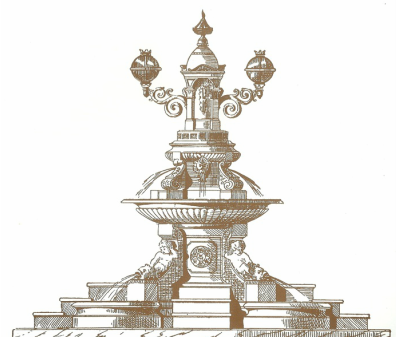LATEST NEWS

MONDAY 26th SEPTEMBER 2022. Extraordinary General Meeting.
At this meeting, it was decided to wind up the Society. Further details will be available shortly.
JANUARY 2023. UPDATE ON THE DISPOSAL OF THE SOCIETY’S ASSETS
The Committee has begun to dispose of the funds and other assets of the Society. Our display boards have been offered to the King’s Way Church for use in exhibitions. £1000 has been donated to the Ossett War Memorial Community Centre. A further £1000 has been donated to the John Goodchild Collection appeal at the West Yorkshire History Centr, Wakefield. Our donation will be used to conserve Ossett material within John’s archive. The Society’s own archive and a further donation will be made to Ossett Library when the refurbishment of the Town Hall is completed.

